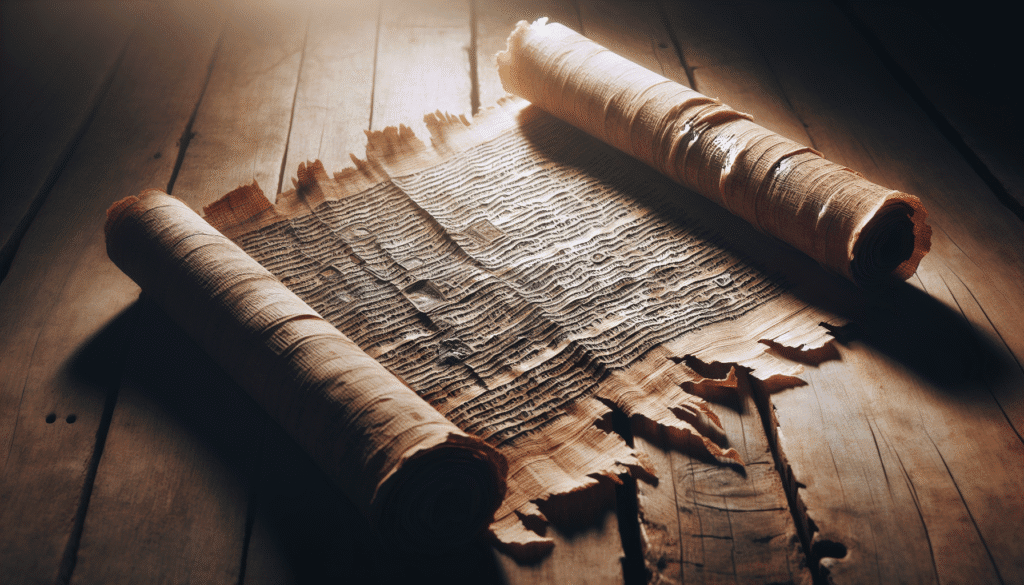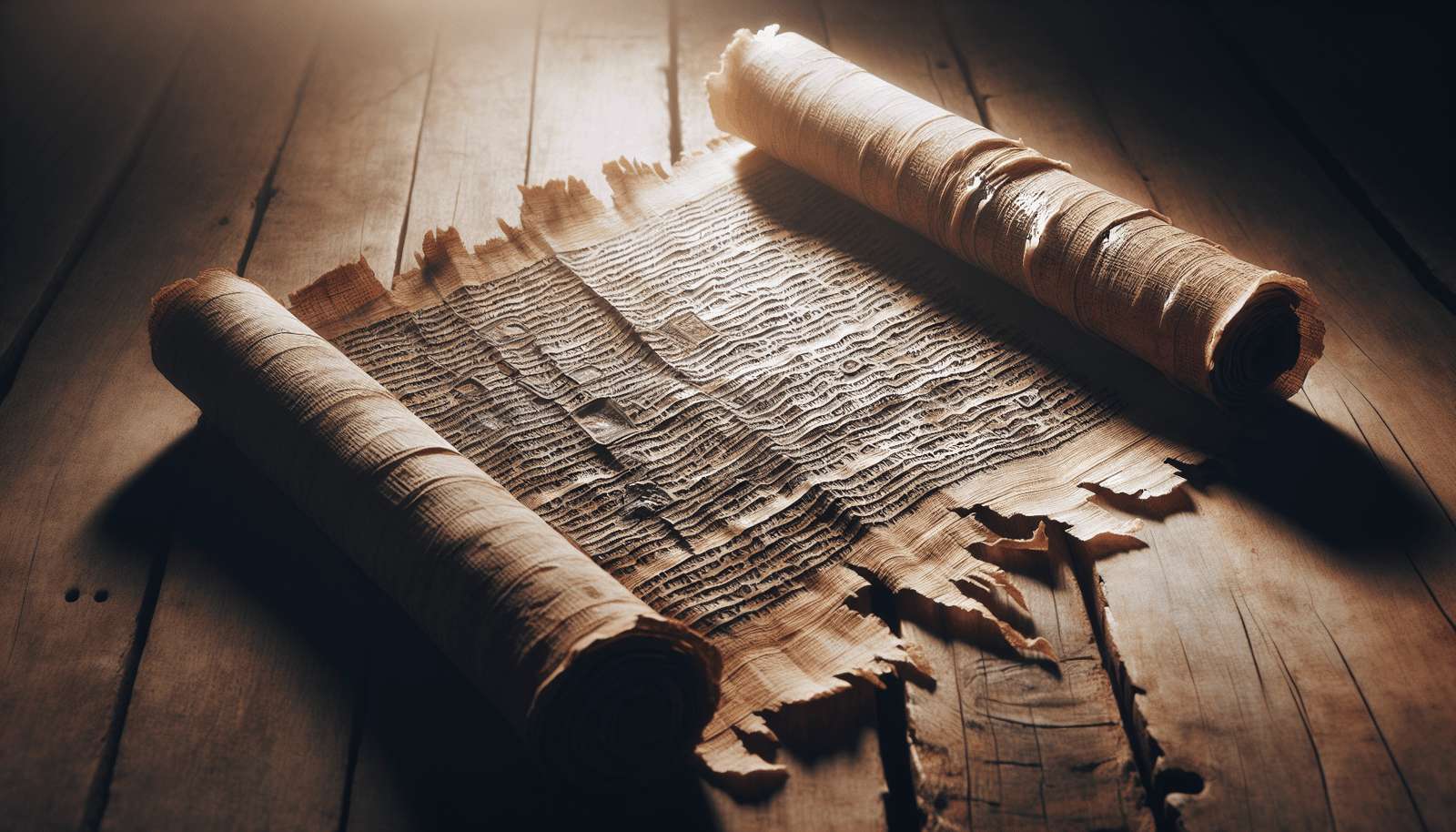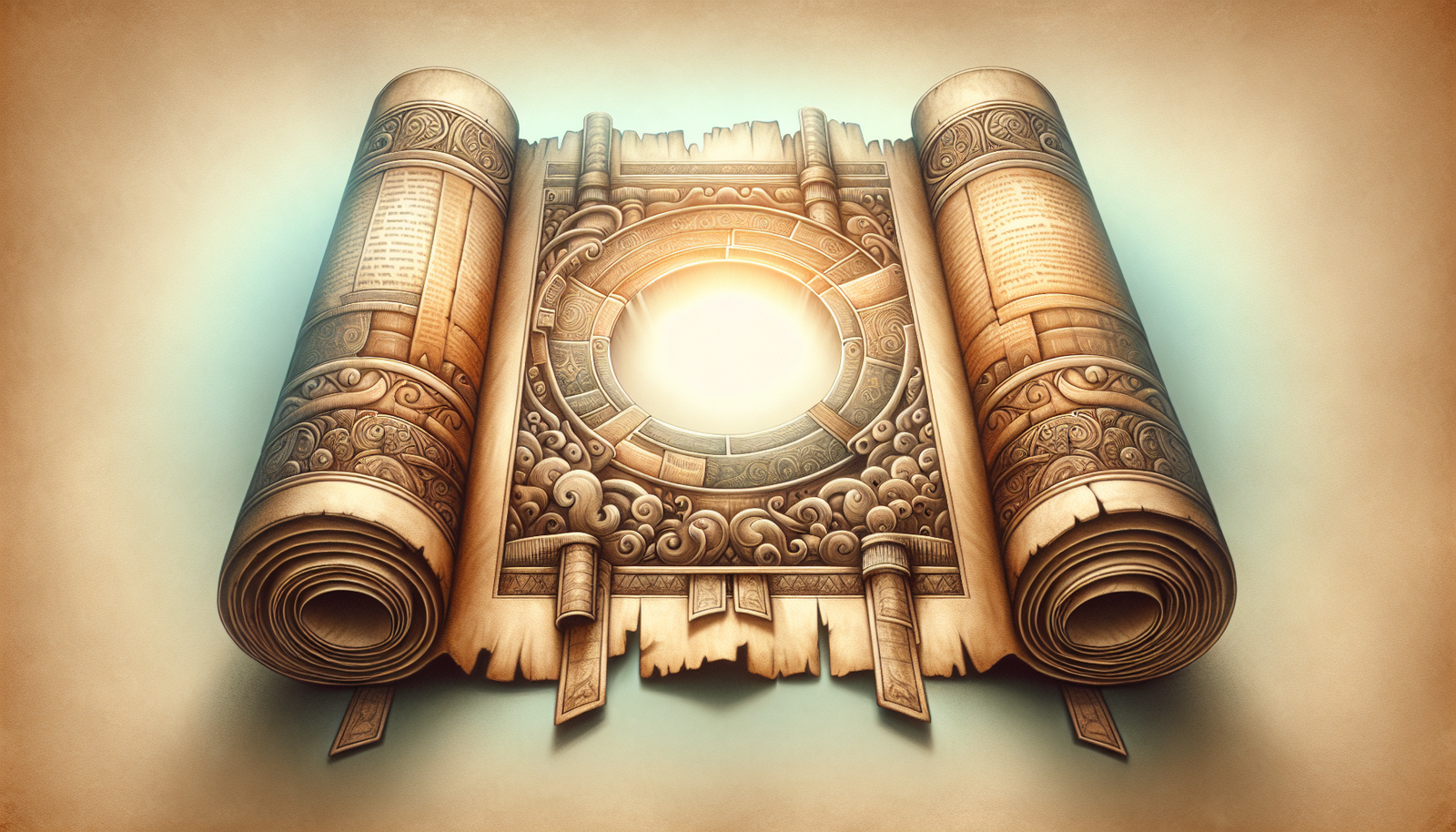Have you ever wondered what the earliest fragments of the Bible look like? Imagine holding a piece of papyrus in your hand that has traveled thousands of years through time, offering a glimpse into the ancient world of biblical texts. Understanding these fragments is not just about academic curiosity; it opens a window into the origins and transmission of the Bible as we know it today. This exploration can challenge and deepen your understanding of history, religion, and the technology of how texts have been preserved over millennia.
My name is [Your Name], and while I don’t hold a degree in Theology, my aim is to synthesize available research into a coherent picture. This exploration matters in 2025 as digital technology and databases make it increasingly possible and important to consolidate, analyze, and learn from these ancient fragments. Whether you’re a student, scholar, or just curious about the origins of one of the world’s most influential texts, there’s something here for you.
Quick Highlights
- Why It Matters: Understanding the earliest Bible fragments provides insight into religious, historical, and cultural contexts.
- Notable Fragments: Codex Sinaiticus and Dead Sea Scrolls offer critical views into ancient texts.
- Challenges in Dating: Radiocarbon dating and paleography are common methods.
- Influence on Modern Texts: These fragments have guided translations and theological interpretations for centuries.
- Current Research: Digital tools enhance our capacity to study these ancient texts more thoroughly.

The Significance of Early Bible Fragments
Examining ancient biblical fragments is like stepping back in time. This is more than just archaeology; it’s a time machine that shifts your understanding of historical and religious landscapes.
Why These Fragments Are Important
The study of early Bible fragments helps us understand differences and similarities in texts over time. Changes in text, sometimes minute and sometimes substantial, offer insights into how early Christians and Jews viewed scripture and its transmission.
- Textual Variants: Small differences in manuscripts can alter interpretations of scripture.
- Historical Context: Provides a look into the cultural and societal norms at the time of writing.
- Preservation of Tradition: Shows how communities have prioritized and preserved their texts over millennia.
Who Studies These Fragments?
- Theologians: Investigate theological implications and interpretations.
- Historians: Examine cultural and historical accuracy.
- Linguists: Focus on language evolution and meaning.
These various perspectives give you a fuller understanding of the world’s historical faith roots.
Notable Fragments and Their Stories
Several fragments stand out as monumental in the study of biblical texts, each with unique stories to tell.
The Codex Sinaiticus
Discovered in the 19th century at St. Catherine’s Monastery in the Sinai Peninsula, the Codex Sinaiticus is one of the complete texts of the New Testament.
- Material: Written on parchment, this codex is a voluminous intact artifact.
- Significance: Highlights textual differences illuminating early Christian theology.
- Current Location: Portions available in Leipzig, St. Petersburg, and the British Library.
Dead Sea Scrolls
These scrolls were accidentally discovered by a Bedouin shepherd in 1947. Stored in caves near the Dead Sea, they are some of the oldest existing biblical texts.
- Contain: Portions of the Old Testament, including parts not found in the canonical version.
- Dating: Goes back to the 3rd century BCE.
- Impact: Offers unparalleled insight into the diversity of Second Temple Judaism.
Understanding these fragments allows you to connect with very ancient traditions, providing a tangible link to the past.

How Are These Fragments Dated?
Accurate dating is crucial, and a mix of science and expertise enables scholars to approximate when these texts were created.
Radiocarbon Dating
Often used for organic materials like papyrus, this method estimates the age of the material itself, not the text inscribed on it.
- Advantages: Gives a broad date range that can help identify the era of creation.
- Limitations: Doesn’t pinpoint an exact year or even decade.
Paleography
This method studies handwriting styles to place a document within a specific time frame.
- Focus: Looks for identifiable changes in script style associated with particular periods.
- Benefit: Provides more precise dating compared to radiocarbon analysis.
Together, these methods provide the most reliable estimates we have, anchoring these texts in their proper historical context.
How Do These Fragments Influence Modern Texts?
These early fragments have long-standing effects on how modern versions of the Bible are translated and understood.
Textual Criticism
Scholars employ textual criticism to compare late and early manuscripts to weed out errors that have crept in over time.
- Nuances: Sheds light on copyist errors and intentional alterations.
- Theological Impact: Facilitates a more authentic interpretation of scripture.
Translation Choices
The decisions translators make often hinge on close studies of these ancient fragments.
- Comparison: Translators compare multiple sources to ensure a faithful rendition.
- Challenges: Navigating between preserving original meanings and conveying them in modern language.
These fragments essentially act as a foundation upon which modern biblical scholarship stands.
The Role of Technology in Fragment Study
Digital tools are opening new frontiers in studying these ancient fragments, allowing for greater accessibility and preservation.
Digitization Efforts
High-resolution imaging and digital archives make it possible to study these texts without physical access.
- Benefits: Provides widespread access and preserves the original from further wear.
- Challenges: Requires substantial monetary and technical investment.
Data Analysis
Sophisticated algorithms and machine learning are used to analyze text patterns and language evolution.
- Automation: Accelerates the process of identifying similarities and discrepancies across texts.
- Enhancement: Offers predictive models for missing or damaged parts of the manuscripts.
These technological advancements revolutionize our understanding, making ancient texts more accessible than ever.
Frequently Asked Questions
How old are the oldest Bible fragments?
The oldest fragments date back to the 3rd century BCE for Old Testament texts, while New Testament fragments date to the 2nd century CE.
Are there any complete early Bibles?
Codices such as the Codex Sinaiticus and Codex Vaticanus are some of the earliest complete collections of New Testament texts, dating back to the 4th century CE.
Can anyone access these documents?
Many ancient fragments, like the Dead Sea Scrolls, are available through digital archives. Institutions may also allow access for scholarly research.
What languages are these fragments in?
Most early fragments are in Hebrew for the Old Testament and Greek for the New Testament.
How are these fragments preserved?
They are often housed in climate-controlled environments to prevent further degradation and are digitized for access and preservation.
People Also Ask
What’s unique about the Dead Sea Scrolls?
The Dead Sea Scrolls include a variety of texts not found in the canonical Bible, offering a glimpse into the diverse beliefs during their time.
Does fragment dating affect Biblical interpretation?
Dating can influence interpretation by providing context and identifying textual variants that might alter a text’s meaning.
How does technology help in biblical studies today?
Technology like digitization and data analysis democratizes access and allows deeper, more accurate research.
What is paleography’s role in biblical studies?
Paleography helps place text within specific historical contexts, providing insights into socio-cultural norms of the time.
Why care about these ancient fragments?
Apart from their historical importance, these fragments help you understand the roots and evolution of religious beliefs fundamental to many cultures today.
Exploring these fragments isn’t just about uncovering the past but better understanding our present. They speak to a continuity of thought, belief, and scholarship that has shaped societies for centuries, serving as a bridge between the ancient and modern worlds. So, the next time you find yourself pondering the pages of history, imagine how a small piece of papyrus or parchment transformed our understanding of history itself.




